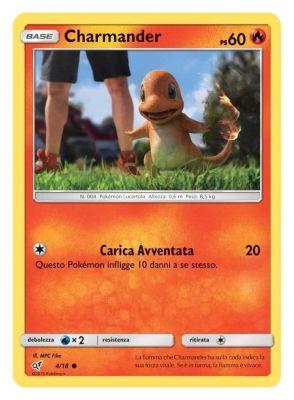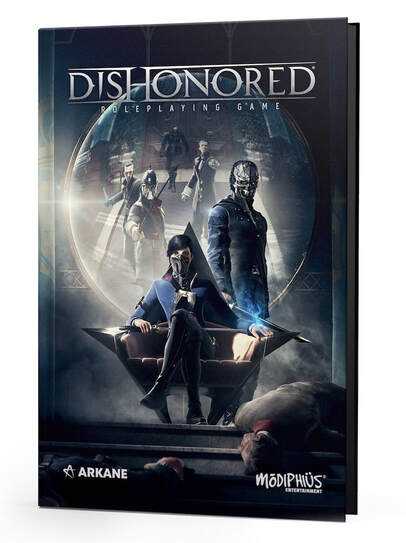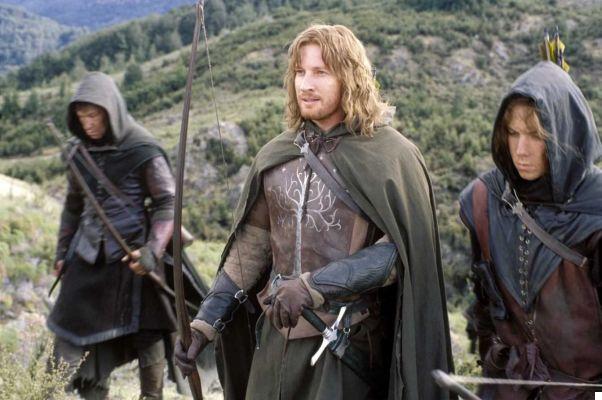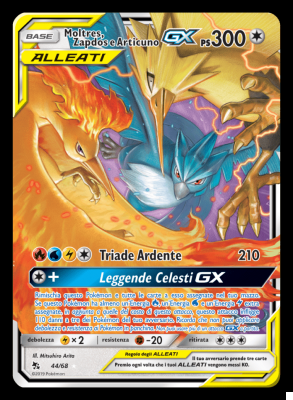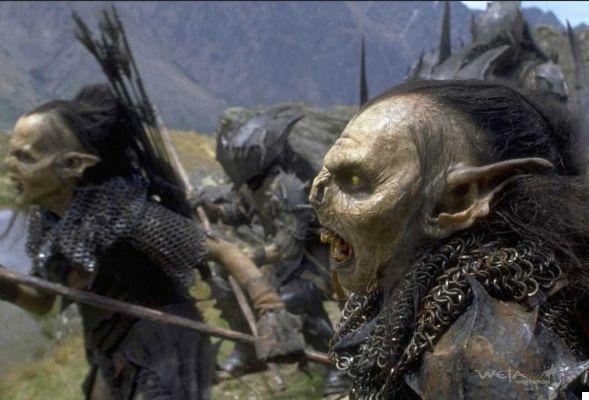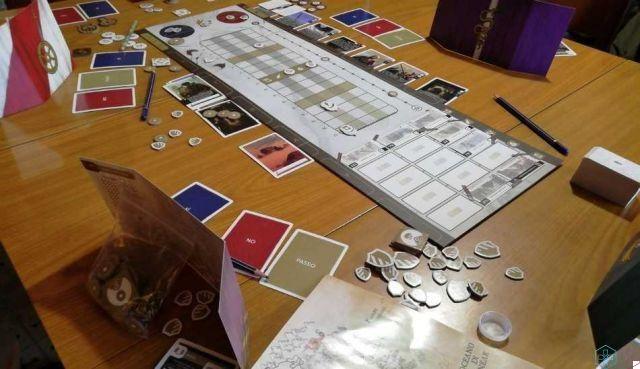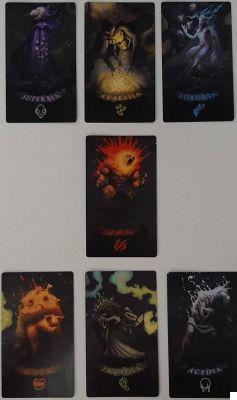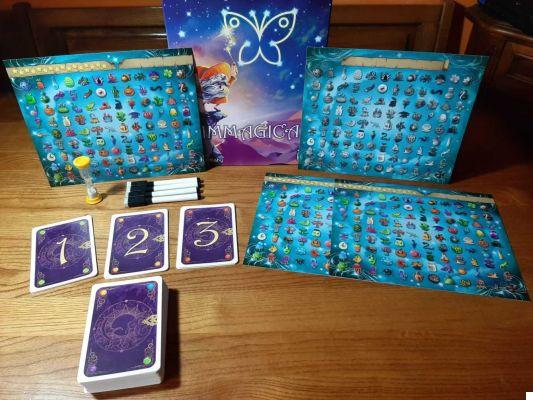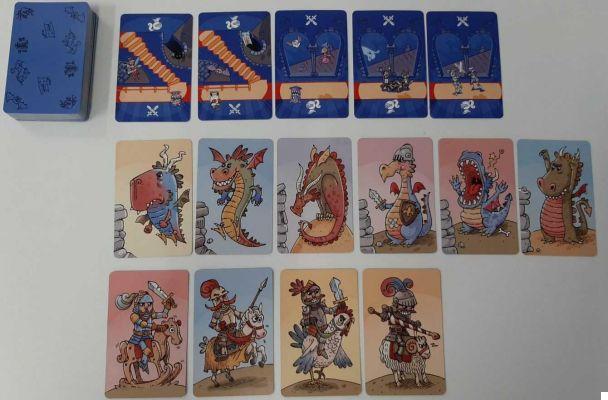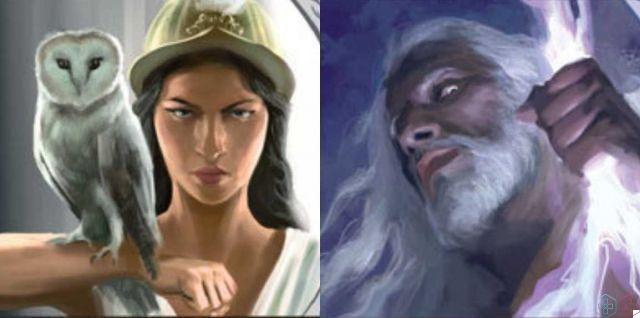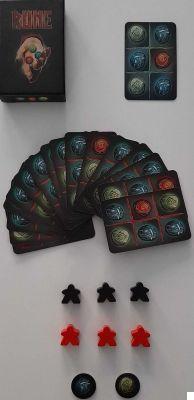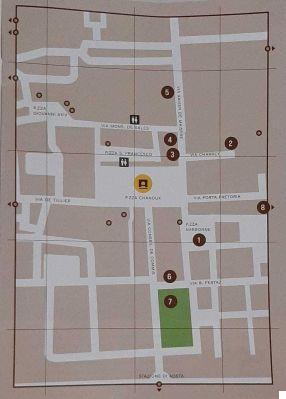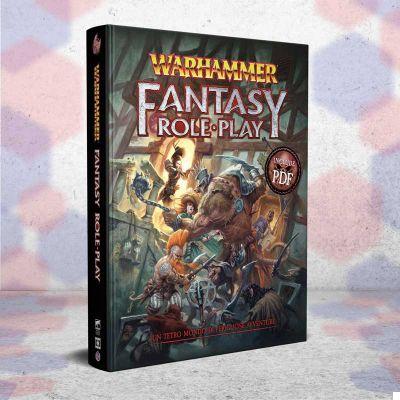D&D Fifth Edition is often criticized for an apparent lack of customization in creating one's character. But will it really be like this? Let's find out in our in-depth analysis
One of the criticisms that most often happen to read in the various communities is that the Fifth Edition of D&D allows little personalization of their characters. Although it is true (but only partially), today I am here to dispel this myth and propose my vision of the Fifth Edition; we will go into the specific question concerning talents, backgrounds and narrative rules and the question of prestige classes versus archetypes.
Customization in D&D 5e: lack of talent?
The main issue why so many still prefer to play 3.5 over Fifth Edition is definitely the talents. If in fact in the basic manual of D&D 3.5 they were more than 100 (not counting subsequent releases), in D&D 5e there are just 40; not to mention the fact that talents in 5e are specified as an optional textbook rule. It is clear how Wizards of the Coast adopted a different philosophy for the latest edition of D&D, devoted to speed and simplicity.
While it may seem that many of the talents have been sidelined, however, it is possible to find them in other parts of the manual; for example, the "accurate weapon" talent has become the "accurate" property of weapons such as rapiers and daggers. We also highlight the issue of metamagic talents: completely disappeared from Fifth Edition, they have been integrated directly into the sorcerer class. This has on the one hand diminished the customization of spellcasters, but on the other hand it gave an identity to the sorcerer; if in fact in 3.5 wizard and sorcerer were two fundamentally overlapping classes except for some details; in 5e the Sorcerer and the magician have their own identity, making them two very different classes.
Another example of this is the “Combat Style” feature of some classes such as the fighter; privilege that is nothing more than a list of combat talents to choose from. So summing up the talents have indeed diminished, but this is because many of them have been incorporated into other parts of the manual; making its use easier and faster, in 5e style.
The Fifth Edition then has the advantage of not just customizing the characters with talents, in fact other customization mechanics of this edition are archetypes and backgrounds; which add a much deeper level of personalization than you might think.
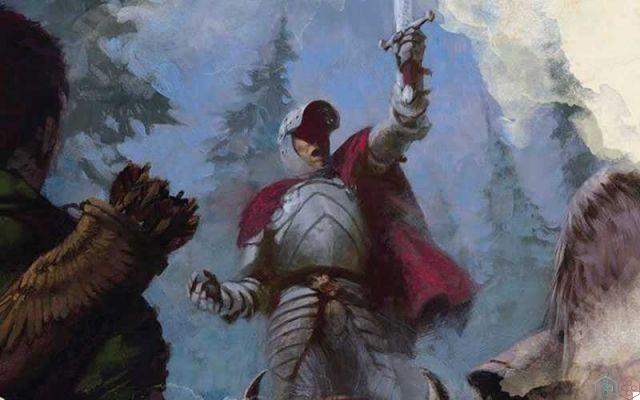
Narrative customization
What does your character make of a character? Are we really sure that to define it we need a talent that makes us inflict + 1d6 points of damage with the sword? In my opinion no, and that's why I find the 5e higher than the 3.5; if in fact the latter has focused more on the aspects of the more mechanical rules, the 5e has emphasized the part of the roleplay, thanks the implementation of narrative rules.
One of these rules is that of the background, which allows a real personalization in terms of interpretation at the table. Often overlooked, backgrounds are what makes a character who creates himself who he is; two level 1 human warriors with different backgrounds, they will be two completely different characters in their interpretation at the table. And this is what I think counts in a game where you don't win, but you try to create a shared story.
Backgrounds provide guidelines about a character's attitudes, passions, and flaws; interpreting them correctly will guarantee access to Inspiration (another narrative rule of 5e), going to reward those players who put interpretation first.
If we want to talk about narrative personalization, in 3.5 there was also the problem linked to mandatory class alignments. The paladin had to be lawfully good, the barbarian chaotic and so on. This has been eliminated from 5e, making any alignment possible for every class. And here we can go back to the background discourse: a chaotic neutral barbarian and a lawfully evil (albeit statistically identical) barbarian are two completely different characters.
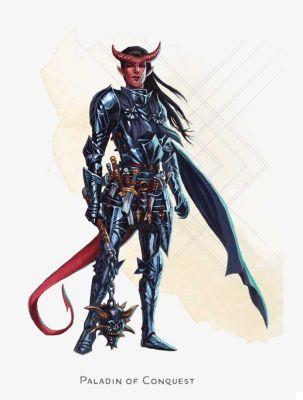
Customization in D&D 5e: prestige classes or archetypes?
Another big difference from the 3.5 for the 5e is the lack of Prestige Classes. For the uninitiated, they are special classes that could be obtained once our character had met certain requirements. In 5e they have been eliminated, often to be merged into what are the archetypes.
An archetype in 5e is nothing more than a pack of thematic talents that are unlocked with the continuation of levels in a class. In my opinion, the replacement of prestige classes with archetypes also helped the role-playing aspect of the 5th; often in 3.5 the characters were already born with the idea of the prestige class to be obtained at a certain point in their "life"; the archetypes of the 5th, on the other hand, immediately thematize the class (and here we find other customization), making everything even more natural during the roleplay.
We can therefore say that the 5e has drastically reduced the mechanical customization mostly related to combat and has tried to balance them with the interpretative aspects of the role-playing game. Those who prefer to build articulate and complex characters emphasizing the strategic aspect of the fighting, will continue to prefer 3.5; those who want a fresher game and also focused on interpretation mechanics will opt for the 5e, dispelling the myth of its lack of customization possibilities.





